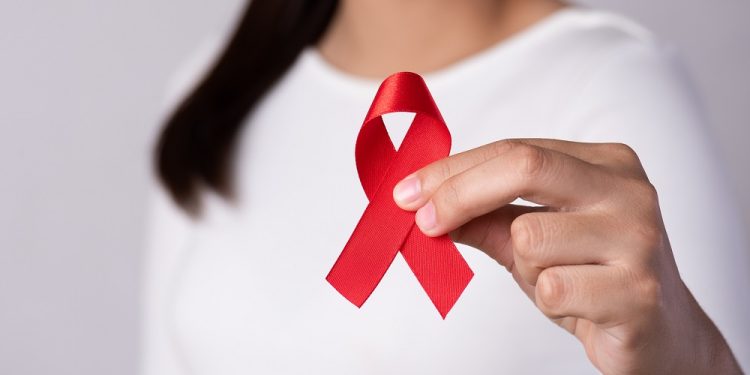
National Women and Girls HIV/AIDS Awareness Day
National Women and Girls HIV/AIDS Awareness Day is a holiday that was created by the Office on Women’s Health and is a day on which people can not only show support for those at risk of contracting and living with HIV but also provide women and girls with the tools they need to avoid contracting HIV. It’s a day when everyone can do their part to prevent HIV and to help protect themselves, their partners, and their neighbors from HIV infection, while supporting people who have HIV/AIDS. Every year, this holiday is observed on March 10th.
The History of National Women and Girls HIV/AIDS Awareness Day
This day was first observed in 2005 and was initiated by the Office on Women’s Health—a division of the Department of Health and Human Services. It’s observed annually on March 10th, but the department uses the entire month of March to shed light on the impact of HIV on girls and women, as well as to show support for those at risk of contracting or living with HIV.
Facts About Women & Girls Living With HIV
To highlight the importance of observing this day, we’d like to list some facts about girls and women living with HIV and AIDS. Below are some facts that will illustrate the need for everyone to support this holiday to help the Office on Women’s Health achieve its goal of reducing new HIV infections by up to 90% by 2030.
- Almost 1 million people in the U.S. have been diagnosed with HIV.
- Of those people diagnosed with HIV in the U.S., about 25% are women.
- Currently, there are over 235,000 women and girls in the U.S. living with HIV.
- In 2018, 20% of all new HIV diagnoses in the U.S. were among women.
- One of the reasons for the increase in HIV among women and girls is a lack of healthcare services.
- Poverty is one condition that can contribute to the vulnerability of people contracting HIV.
- Poverty can also increase the impact of HIV on vulnerable populations.
- Women with HIV are more likely to experience violations of their sexual and reproductive rights.
- Only 30% of girls and women worldwide have accurate and comprehensive information about HIV.
Observing National Women and Girls HIV/AIDS Awareness Day
This day can be observed in several different ways, but one of the primary ways is to spread the word about it. Participants can use the hashtags #NWGHAAD and #StopHIVTogether on their social media platforms to raise the profile of this day. People can also get involved with organizations that help prevent HIV among the hardest-hit populations, help people stay healthy while living with HIV, and reduce the stigma of HIV among all Americans. Everyone can take part in this day to help end the HIV epidemic.








